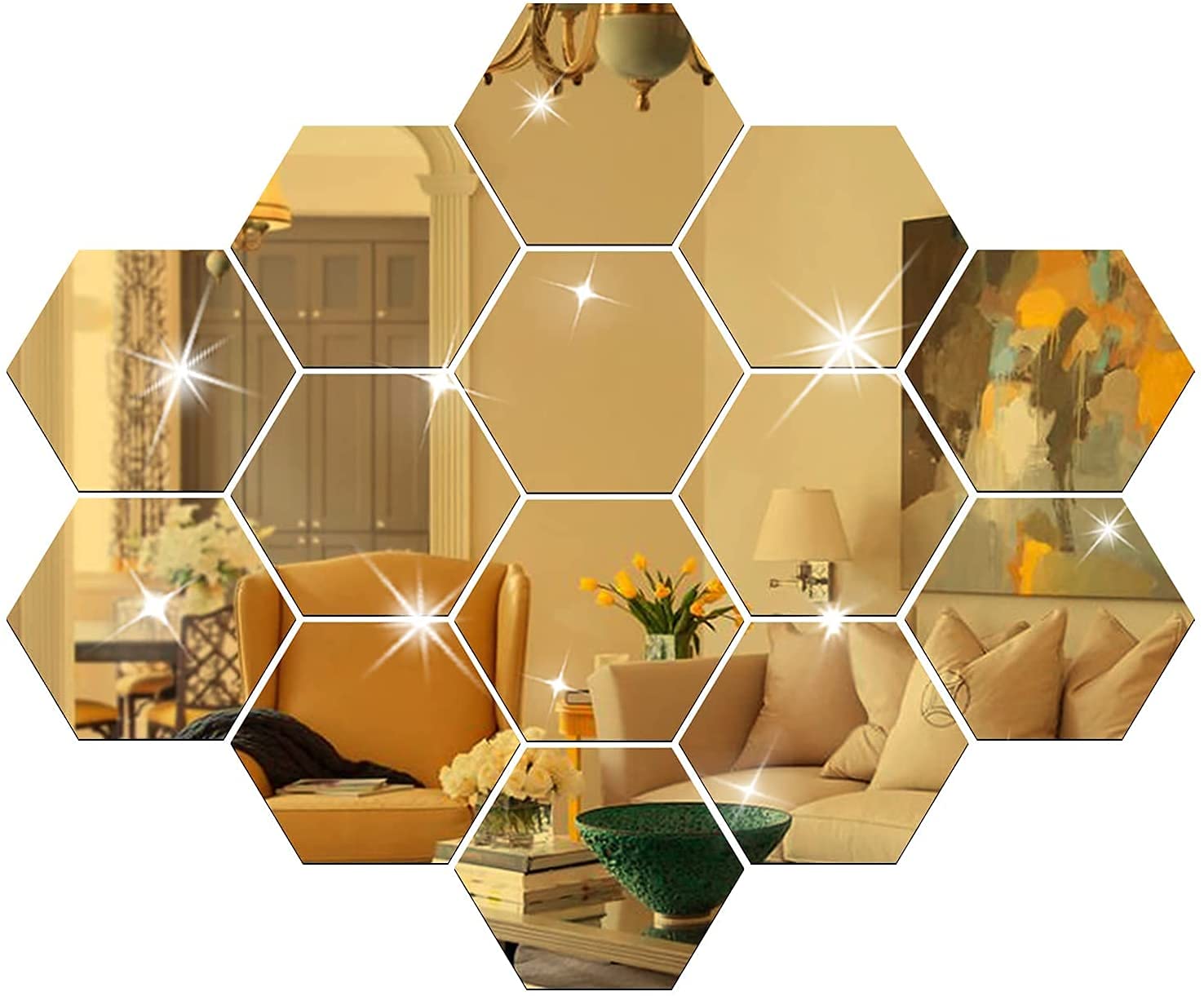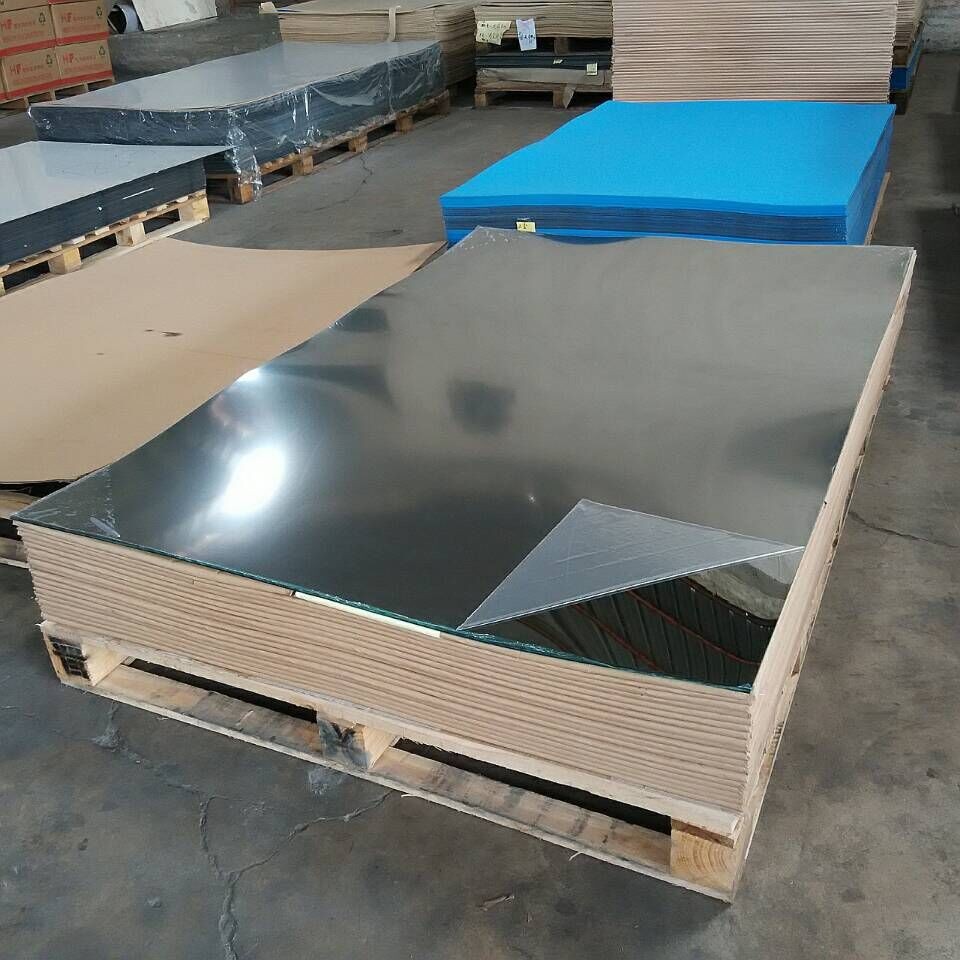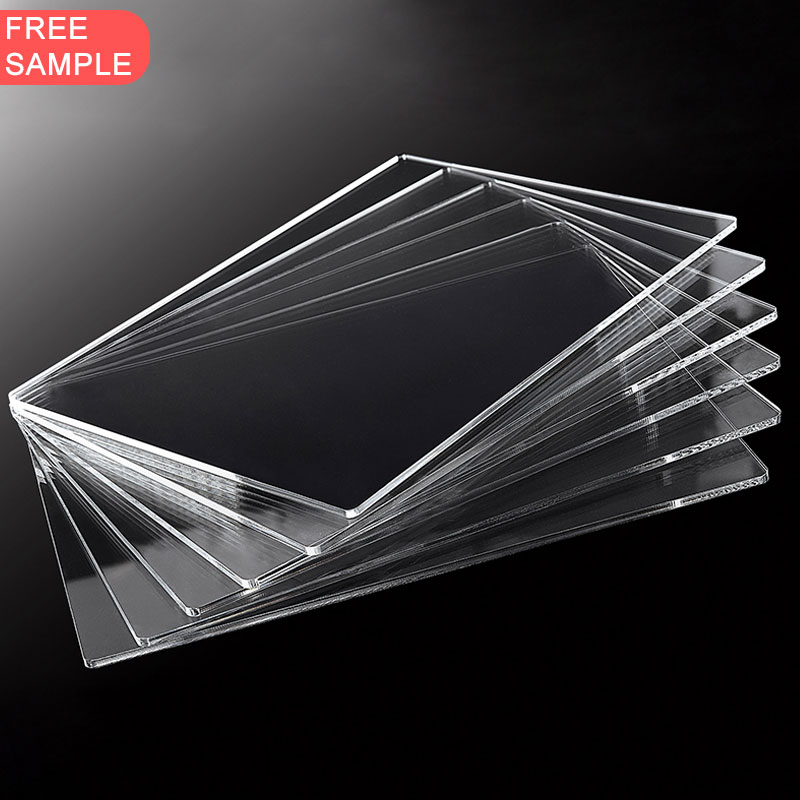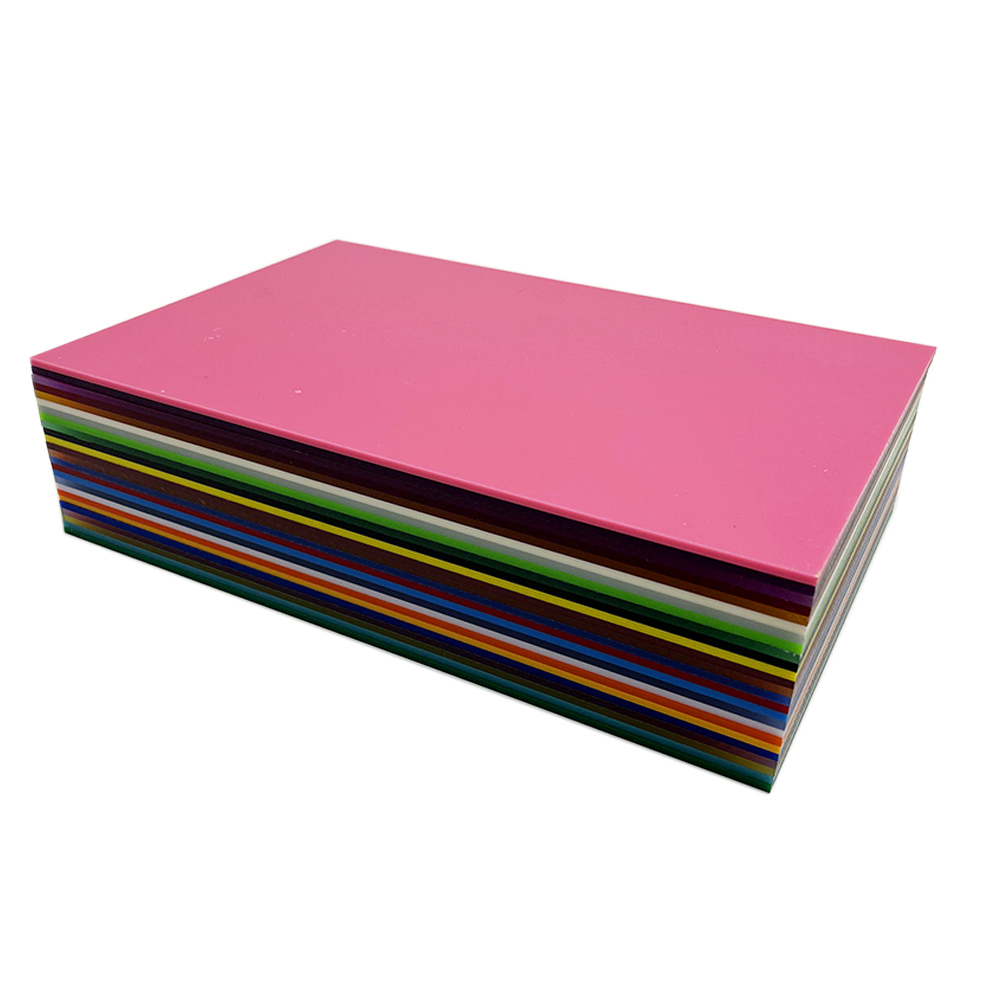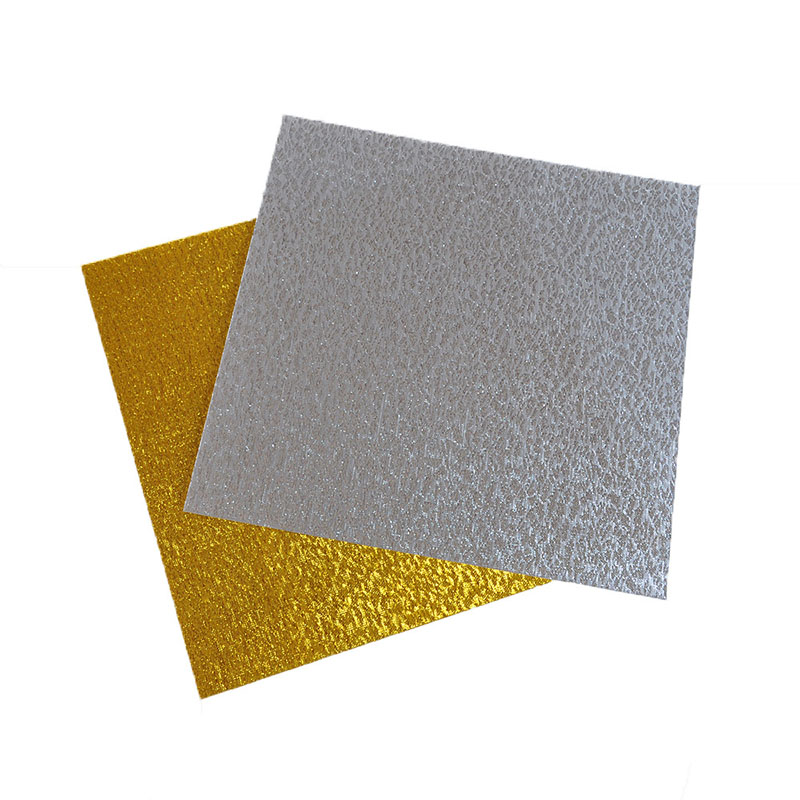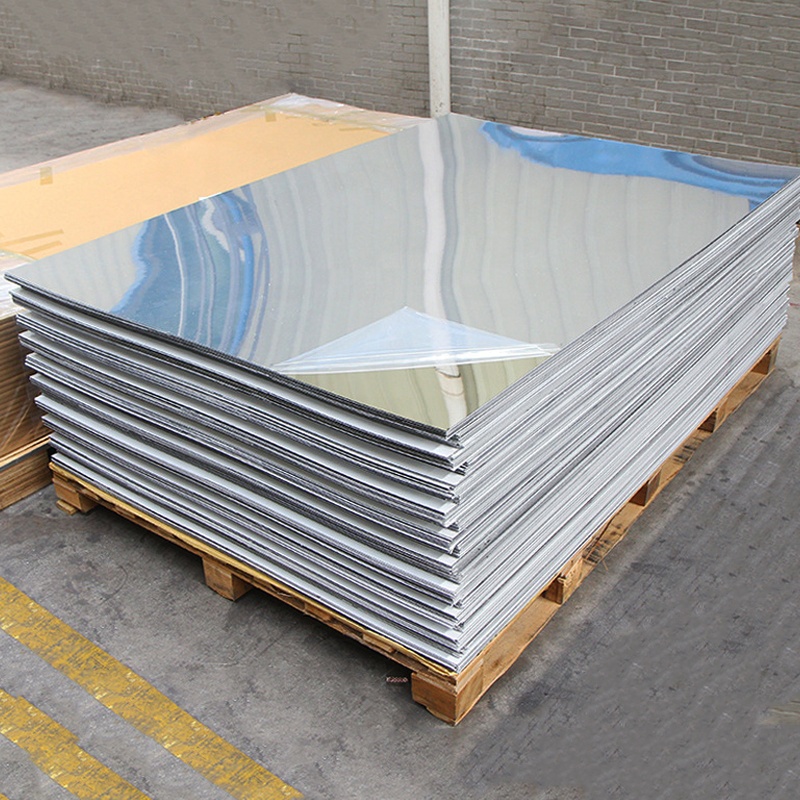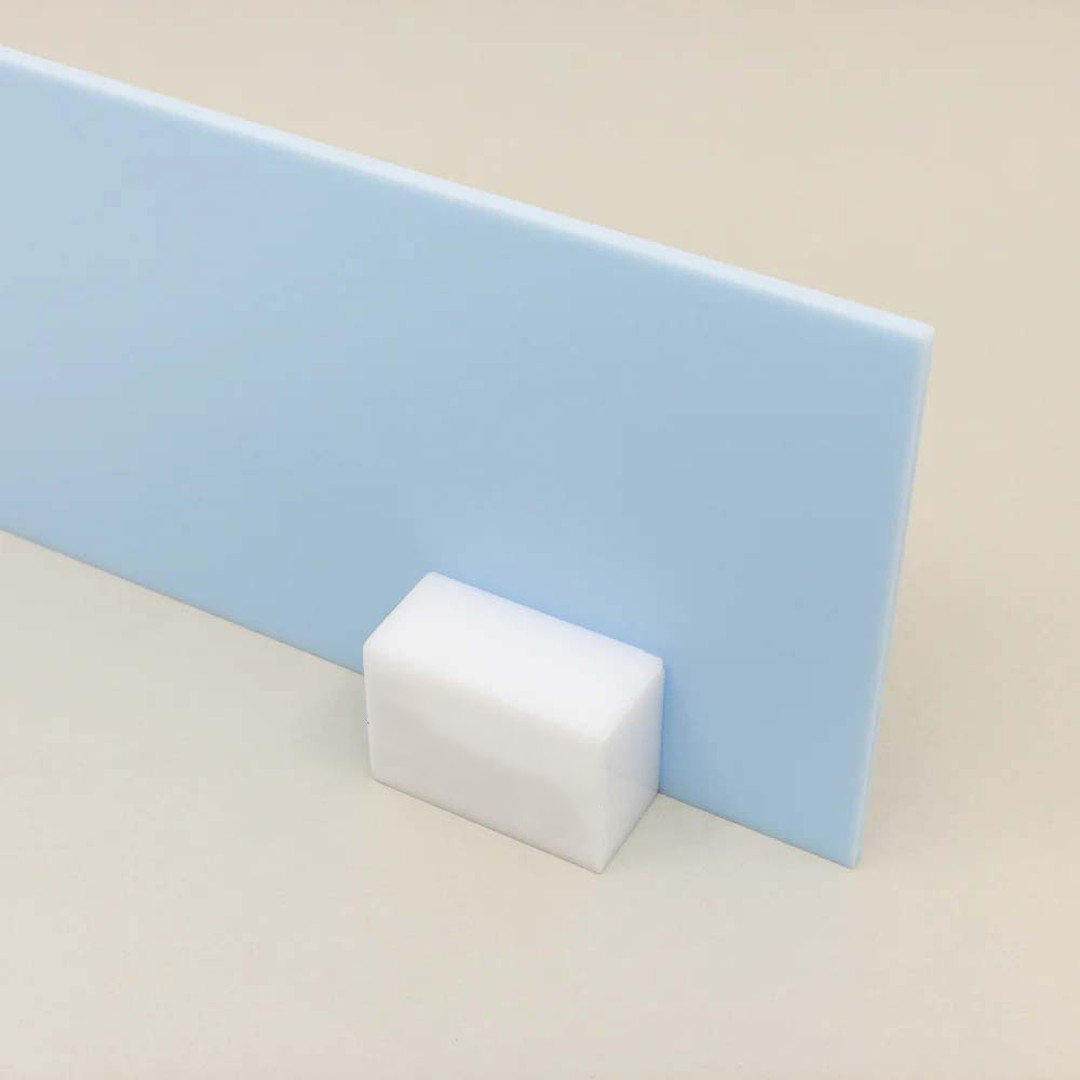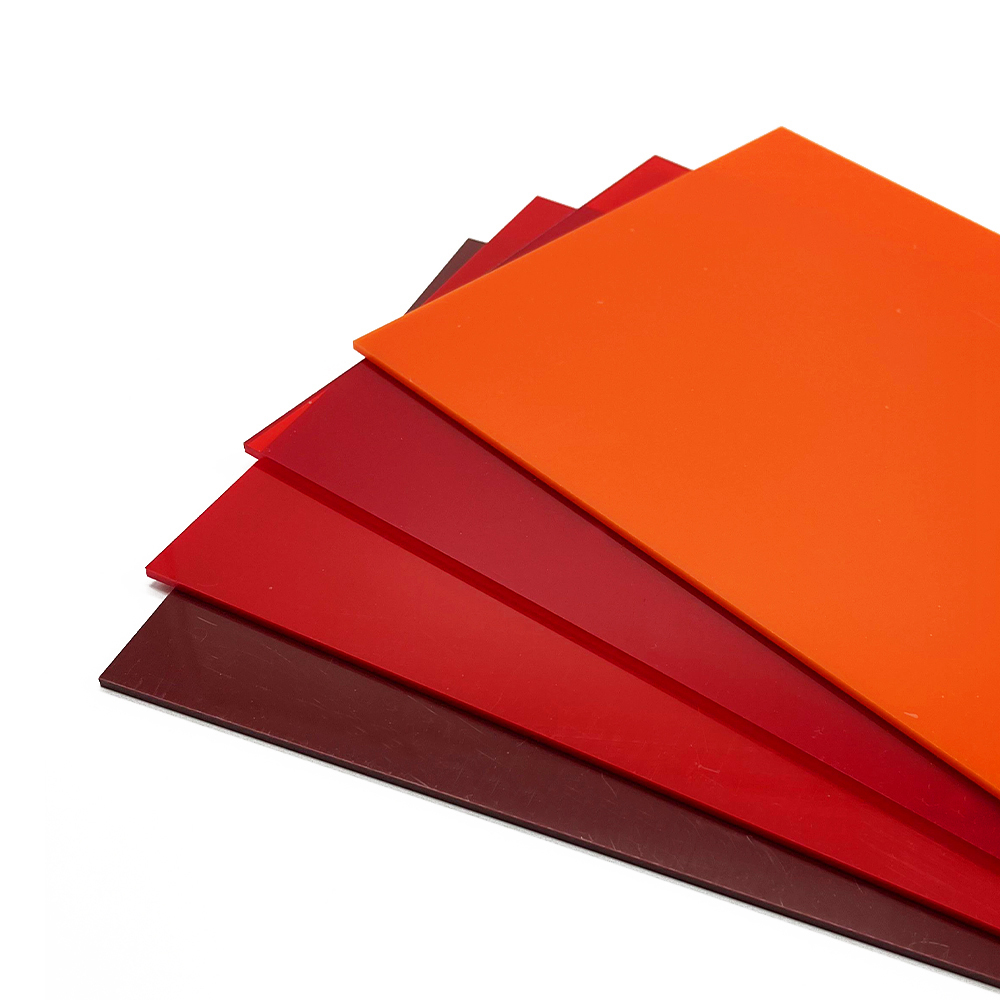Table of Contents
Acrylic mirrors are increasingly being used as an alternative to traditional glass mirrors across a range of industries and applications. Thanks to their unique combination of clarity, durability, and flexibility, acrylic mirrors provide a host of advantages that make them a desirable option in many contexts. From interior design and safety features to cost-effectiveness and customization options, acrylic mirrors offer several compelling benefits over their glass counterparts. This article will delve deeper into the numerous advantages of acrylic mirrors, highlighting how these benefits apply to different industries and use cases.
Introduction
Mirrors play a significant role in our daily lives, offering both practical functions and aesthetic appeal. Whether for personal use, safety, or decoration, mirrors can be found in various forms and materials. While glass mirrors have long been the standard choice due to their high optical clarity, acrylic mirrors are quickly gaining traction in several sectors. Acrylic mirrors offer a more flexible and lightweight option, providing advantages such as increased durability, ease of handling, and cost savings, making them suitable for both professional and everyday applications.
This article will explore the many benefits of acrylic mirrors, illustrating how they serve as a viable and effective alternative to glass mirrors in various settings. We will also look at the applications, safety features, and cost benefits that make acrylic mirrors a preferred choice in many industries today.
Understanding Acrylic Mirrors
Acrylic mirrors are made from polymethyl methacrylate (PMMA), a transparent thermoplastic polymer. This material is known for its excellent optical properties, UV resistance, and impact durability. Acrylic mirrors are produced by applying a reflective coating to the back of the acrylic sheet, providing the same reflective quality as traditional glass mirrors. However, the acrylic material itself offers several additional advantages that make it a more versatile and practical option.
While acrylic mirrors retain the clarity and reflective properties of glass, they are much lighter, shatter-resistant, and easier to handle, offering greater design flexibility and safety. Additionally, acrylic mirrors can be cut, shaped, and fabricated into a variety of sizes and configurations to meet specific project needs.
Advantages of Acrylic Mirrors
Acrylic mirrors come with several distinct advantages that make them a preferred choice in many settings. Let’s explore these advantages in greater detail:
1. Lightweight and Durable
Acrylic mirrors are considerably lighter than glass mirrors, weighing approximately 50% less. This makes them easier to transport, handle, and install, reducing labor costs and minimizing the risk of damage during transportation and installation. Acrylic mirrors are also more durable, as they are resistant to shattering and cracking, unlike glass mirrors, which can easily break upon impact. This makes acrylic mirrors particularly suitable for environments where breakage is a concern, such as gyms, schools, and homes with children.
The increased durability also means that acrylic mirrors can withstand the wear and tear of high-traffic areas, making them a long-lasting investment for businesses and public spaces.
2. Safety and Shatter Resistance
One of the most significant advantages of acrylic mirrors is their shatter-resistant nature. Unlike glass mirrors, which can break into sharp pieces upon impact, acrylic mirrors are much less likely to shatter or splinter. This makes them ideal for environments where safety is a top priority. For example, in schools, hospitals, dance studios, and sports facilities, acrylic mirrors offer peace of mind by reducing the risk of injury from broken glass.
This added safety feature is particularly important in locations that experience high levels of activity or in spaces where children are present, as it minimizes the risk of accidents and injuries.
3. Versatility and Flexibility in Design
Acrylic mirrors are highly flexible and can be easily cut, shaped, and fabricated into various sizes, shapes, and configurations to suit specific design needs. Unlike glass, which can be more challenging to cut and mold, acrylic mirrors allow for greater customization and adaptability. Whether you need a curved mirror for a specific space or custom-sized mirrors for large installations, acrylic mirrors can be tailored to your requirements with minimal effort.
Moreover, acrylic mirrors are available in a variety of finishes, including silver, gold, and even decorative colors. This allows designers to use acrylic mirrors not only for practical purposes but also to enhance the aesthetic appeal of a space.
4. Cost-Effectiveness
Acrylic mirrors tend to be more affordable than glass mirrors, both in terms of material cost and installation. The reduced weight of acrylic mirrors results in lower shipping and handling costs, and their ease of installation further reduces labor expenses. For large-scale projects, such as in commercial spaces, gyms, or public areas, choosing acrylic mirrors over glass can result in significant savings.
Additionally, due to their durability, acrylic mirrors are less likely to need frequent replacement, further contributing to their cost-effectiveness over time.
5. Weather Resistance and UV Stability
Acrylic mirrors are highly resistant to the effects of UV radiation and weather conditions, making them an excellent choice for outdoor applications. Unlike glass mirrors, which can degrade and become cloudy over time when exposed to UV light, acrylic mirrors maintain their clarity and reflective properties for longer periods. This makes them ideal for outdoor signage, vehicles, and other applications exposed to the elements.
The ability to withstand the sun’s rays without deteriorating ensures that acrylic mirrors retain their functionality and appearance in various environments, from recreational vehicles and boats to outdoor displays and signage.
6. Ease of Installation and Maintenance
Because acrylic mirrors are lightweight and easy to handle, they can be quickly and efficiently installed with minimal effort. Acrylic mirrors can be mounted using adhesive, screws, or double-sided tape, depending on the specific application and the surface on which they are being installed. This makes installation easier and faster compared to glass mirrors, which often require more complex mounting techniques.
Additionally, acrylic mirrors are easy to clean and maintain. They can be wiped down with a soft cloth and mild cleaning solution without the risk of scratching or damaging the surface. Unlike glass mirrors, which may require special cleaning products to avoid streaks, acrylic mirrors are more forgiving and easier to keep looking clean and clear.
Applications of Acrylic Mirrors
The advantages of acrylic mirrors make them suitable for a wide range of applications across various industries:
1. Interior Design and Home Décor
Acrylic mirrors are commonly used in interior design projects, from bathroom mirrors and vanity mirrors to full-length mirrors and mirrored furniture. The lightweight nature of acrylic makes it easier to incorporate large mirror panels into interior spaces without the added risk of breakage. Additionally, acrylic mirrors can be custom-shaped to fit unique spaces and design concepts, providing designers with more creative flexibility.
2. Safety and Security
Acrylic mirrors are ideal for use in environments where safety is a concern. They are commonly used in schools, hospitals, and public buildings, where glass mirrors would pose a risk of injury. Acrylic mirrors are also used in mirrors for cars, trucks, and other vehicles, offering a safer alternative to glass mirrors that are less likely to break upon impact.
3. Fitness and Sports Facilities
In gyms, dance studios, and fitness centers, acrylic mirrors are a popular choice due to their durability and safety features. Since these environments involve high levels of activity, having mirrors that are resistant to breakage is crucial for maintaining a safe and functional space. Acrylic mirrors can withstand the constant use and heavy impact that occurs in these facilities, making them a more suitable option than traditional glass mirrors.
4. Outdoor Signage
Acrylic mirrors are also used in outdoor signage and displays. Their weather resistance and UV stability make them ideal for applications exposed to the elements, such as on storefronts, vehicles, and recreational signage. The reflective properties of acrylic mirrors ensure that they remain visible and functional in all conditions, offering a cost-effective and durable alternative to glass mirrors.
Conclusion
Acrylic mirrors offer a wide range of benefits that make them an excellent alternative to traditional glass mirrors. With their lightweight, shatter-resistant nature, superior durability, and cost-effectiveness, acrylic mirrors are suitable for various applications, from interior design to safety features in high-traffic areas. They also offer flexibility in design, ease of installation, and resistance to UV rays and weather conditions, ensuring they maintain their functionality and appearance over time.
When considering mirrors for your next project, whether it’s for home décor, commercial use, or outdoor signage, acrylic mirrors provide a safe, durable, and versatile option that can help achieve the desired result at a fraction of the cost and effort compared to glass mirrors.

